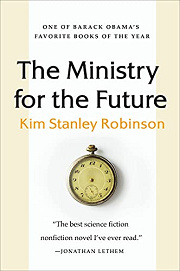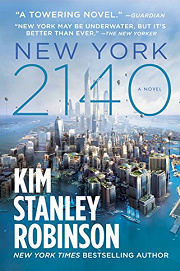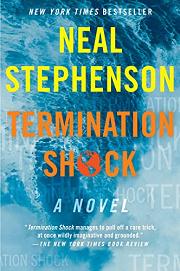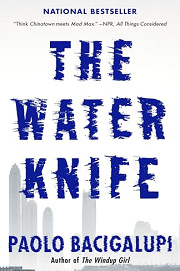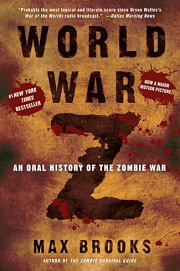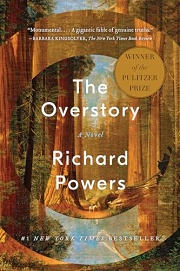Share your thoughts in a quick Shelf Talk!
The Ministry For the Future by Kim Stanley Robinson
"A near-future climate thriller that reads like tomorrow’s headlines, The Ministry For the Future follows scientists, activists, and policymakers as they wrestle with catastrophe and hard choices on a planetary scale. Urgent, idea-rich, and deeply human, The Ministry For the Future turns global warming into a pulse-pounding fight for survival—and a blueprint for hope."
Have you read this book? Share what you liked (or didn’t), and we’ll use your answers to recommend your next favorite read!
Love The Ministry For the Future but not sure what to read next?
These picks are popular with readers who enjoyed this book. Complete a quick Shelf Talk to get recommendations made just for you! Warning: possible spoilers for The Ministry For the Future below.
In The Ministry For the Future, did you enjoy ...
... the globe-spanning mosaic of many voices tackling climate upheaval?
New York 2140 by Kim Stanley Robinson
If you were drawn to how Mary Murphy, Frank May, and a chorus of officials, refugees, financiers, and scientists each reframed the crisis in The Ministry for the Future, you’ll love the ensemble in New York 2140. Robinson assembles traders, tenants, coders, and policy wonks in a partly drowned Manhattan, showing how co-ops, civic hacks, and even high finance can pivot after catastrophe—much like the carbon-coin coalition Mary helps midwife. It scratches that same itch for systemic change narrated through many lived perspectives.
... rigorous, nuts-and-bolts climate tech and geoengineering debates?
Termination Shock by Neal Stephenson
If the stratospheric aerosol proposals, glacier-buttressing schemes, and carbon-coin mechanics in The Ministry for the Future were your jam, Termination Shock dives deep into the engineering tradeoffs and geopolitics of a rogue sulfur-injection project. As with Mary’s fraught meetings with central bankers and scientists, Stephenson threads orbital mechanics, atmospheric chemistry, and realpolitik into a tense, idea-rich thriller that treats climate intervention like an engineering and diplomatic gauntlet.
... the cutthroat political maneuvering over resources and law in a climate-stressed world?
The Water Knife by Paolo Bacigalupi
If Mary’s backroom negotiations, jurisdictional turf wars, and the shadowy reprisals that ripple after Frank’s attack caught your attention in The Ministry for the Future, The Water Knife channels that same ruthless realpolitik into the American Southwest’s water wars. State agencies, corporations, and fixers battle over compacts and canals with the same high-stakes brinkmanship you saw around carbon markets and sovereignty in Zurich and Geneva—only here the currency is flow rights and survival.
... the documentary-style interludes—reports, interviews, and data-driven vignettes?
World War Z by Max Brooks
If you liked how The Ministry for the Future broke up Mary’s storyline with briefing memos, eyewitness accounts, and odd, data-soaked asides—from heatwave testimonies to central-bank minutes—World War Z uses an oral-history dossier to chronicle a global crisis from every angle. The mosaic of bureaucrats, soldiers, smugglers, and scientists echoes the way Robinson’s inserts widen the lens from policy debates to ground-level survival and adaptation.
... the morally urgent, systems-level focus on planetary ecology and grassroots activism?
The Overstory by Richard Powers
If the novel’s opening heatwave in India, Frank’s radicalization, and Mary’s push for mechanisms like the carbon coin made you feel the stakes of living systems, The Overstory gives that same urgency to forests and the people who fight for them. From Patricia Westerford’s science to high-risk tree sits, it captures the ethical weight and collective action you admired in the Ministry’s alliances, turning ecological interdependence into a sweeping, moving call to act.
Unlock your personalized book recommendations! Just take a quick Shelf Talk for The Ministry For the Future by Kim Stanley Robinson. It’s only a few questions and takes less than a minute.
